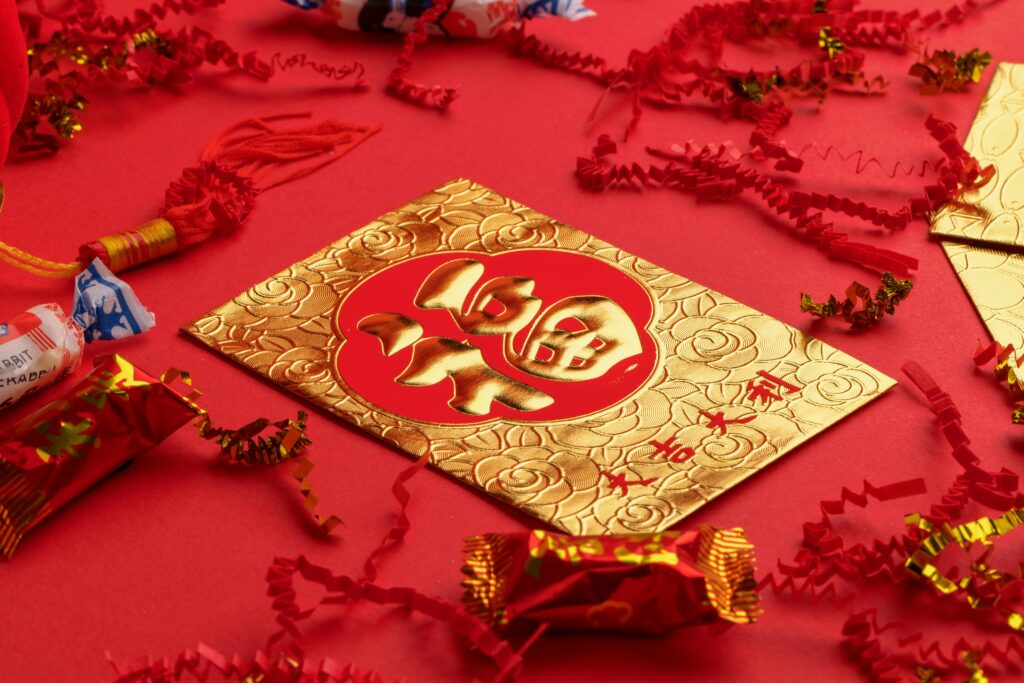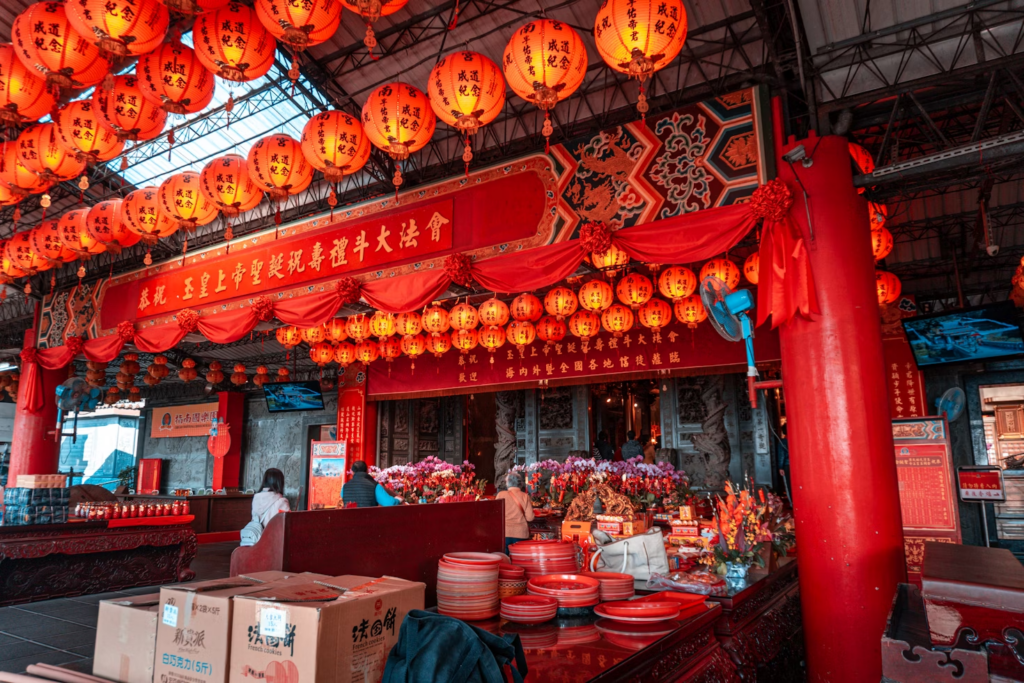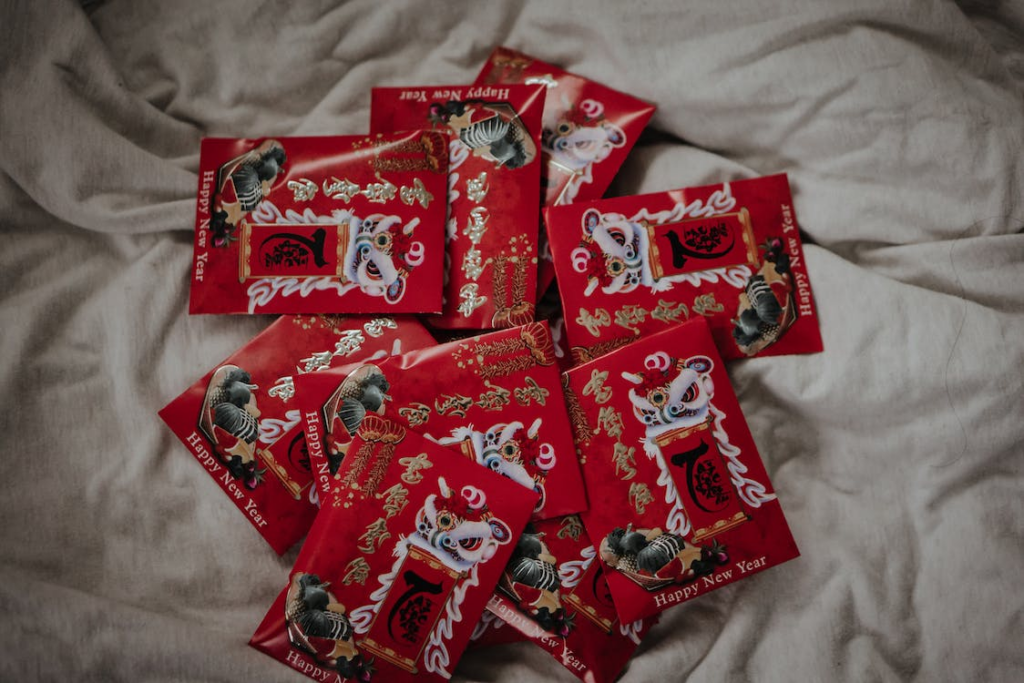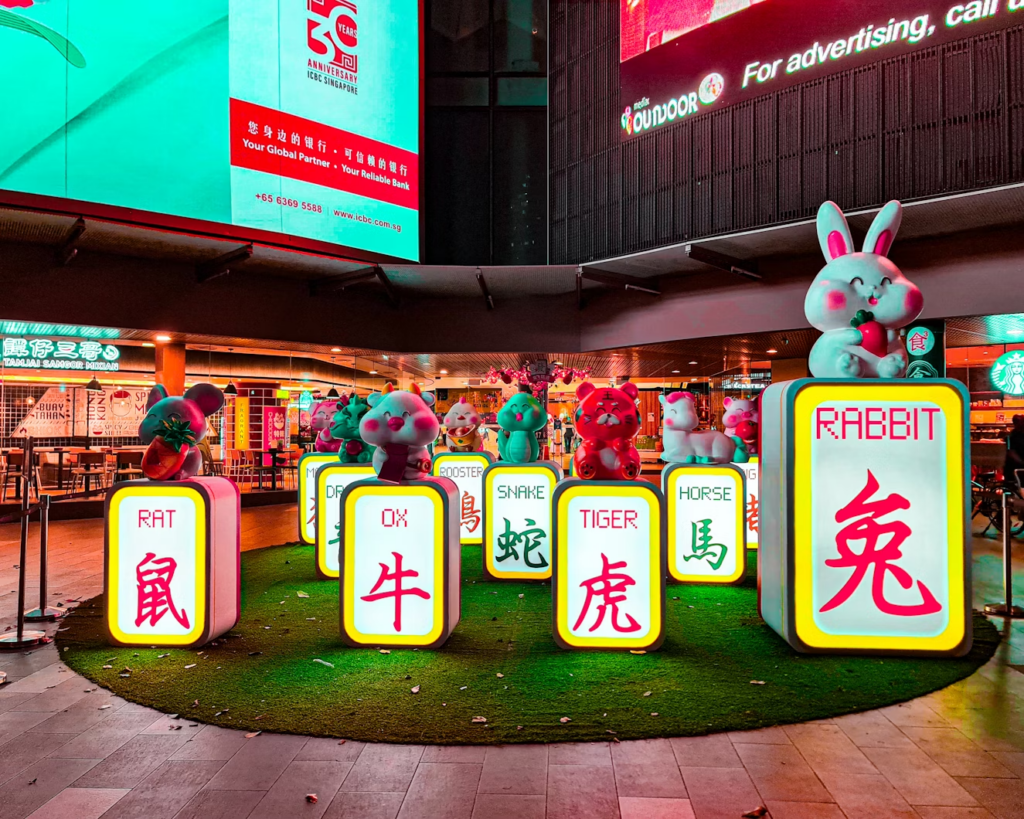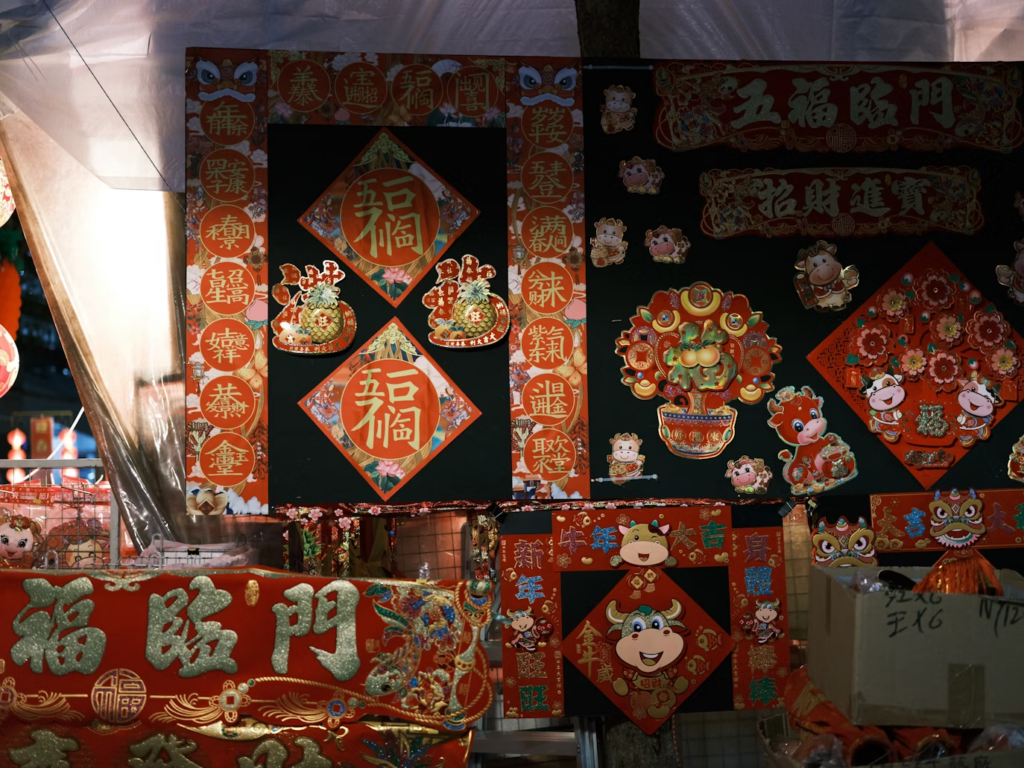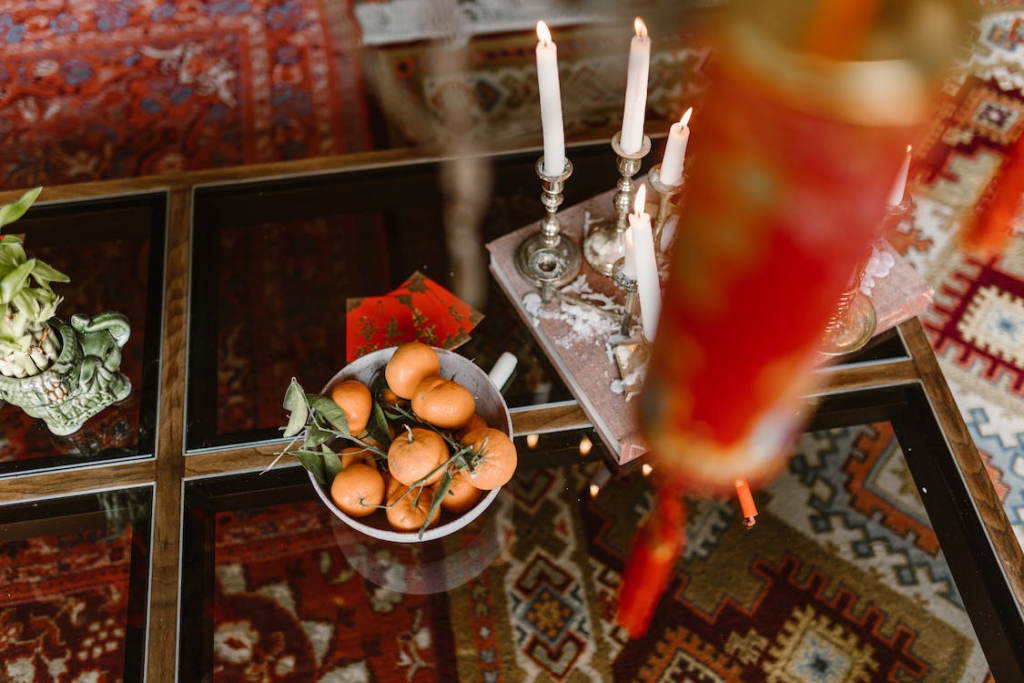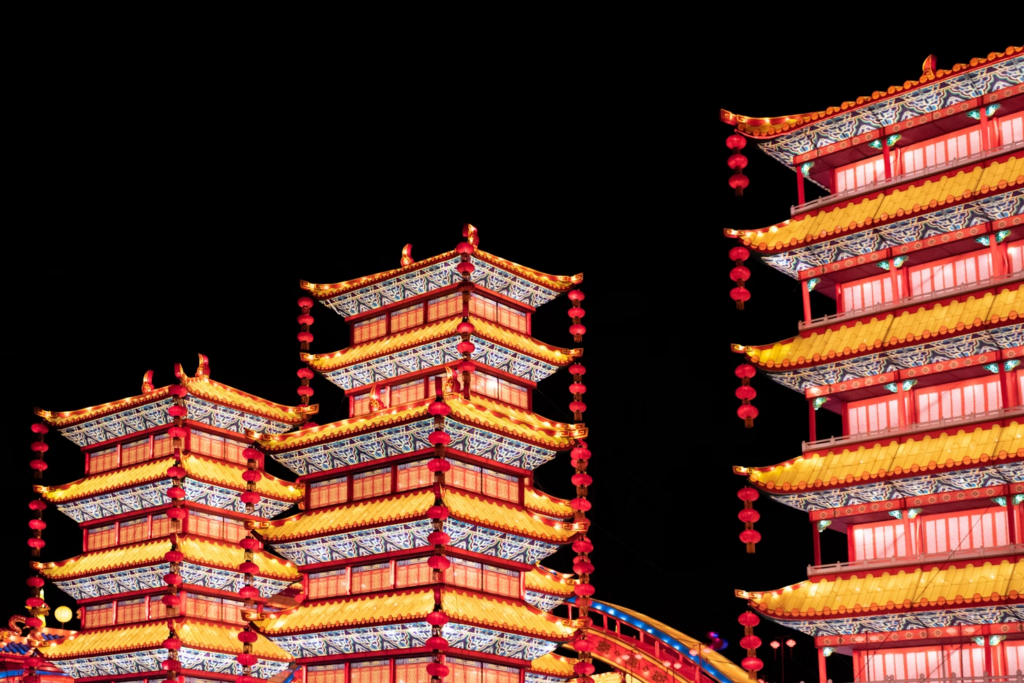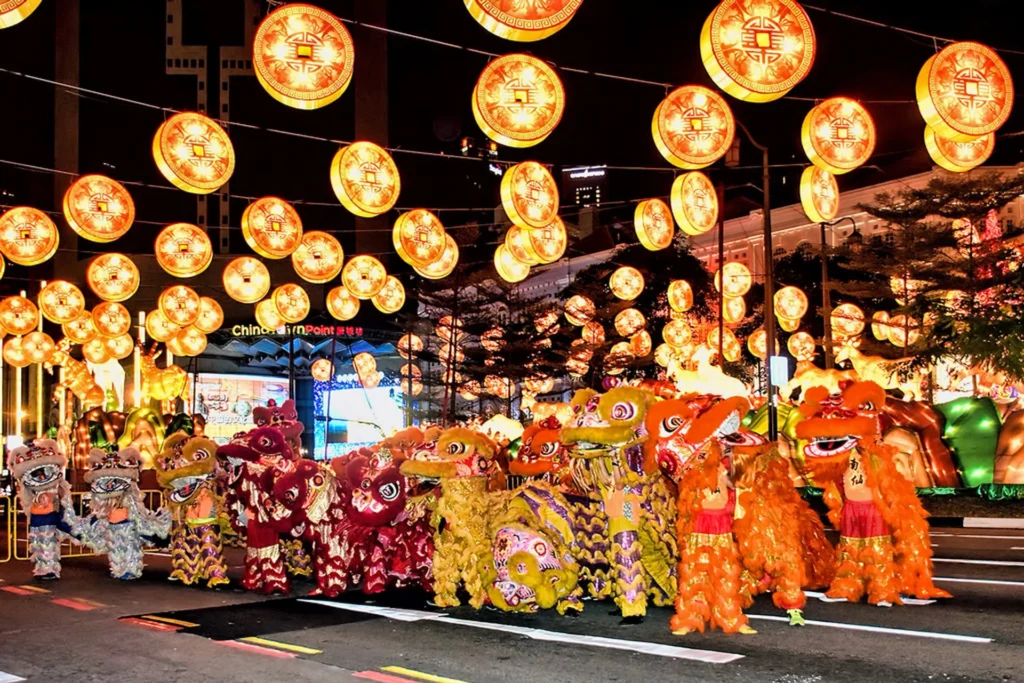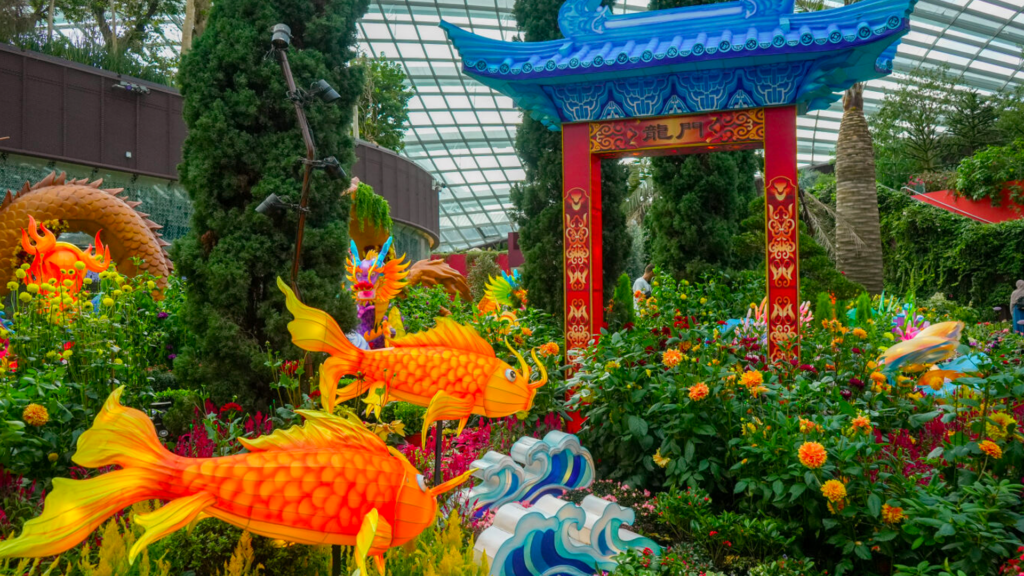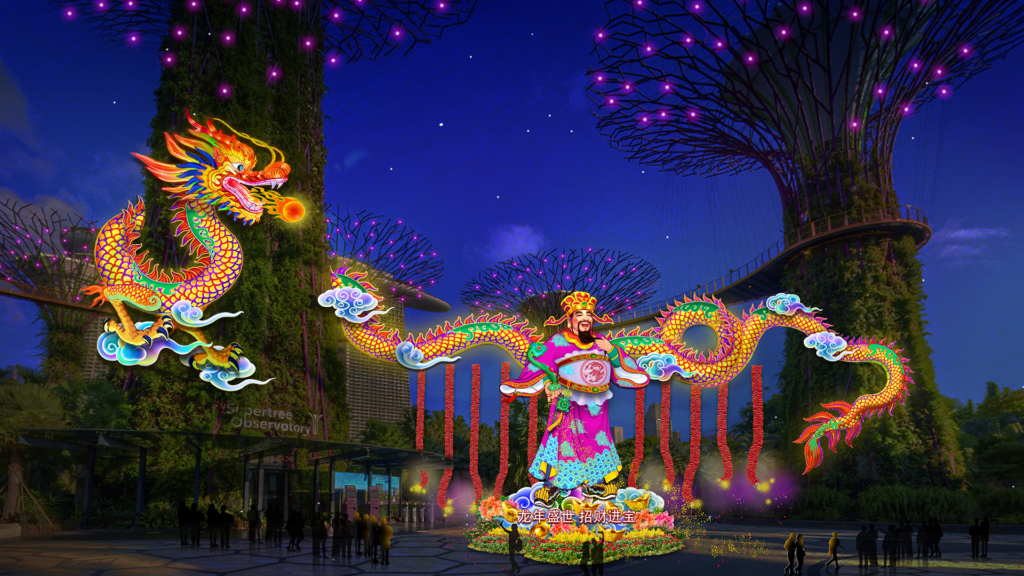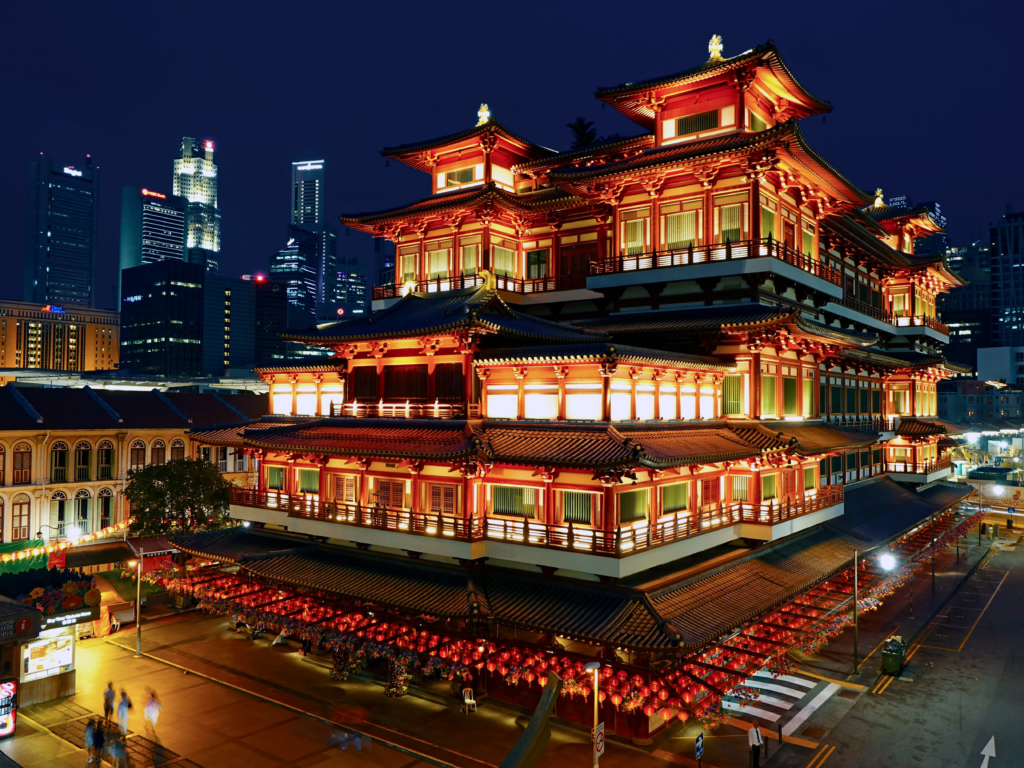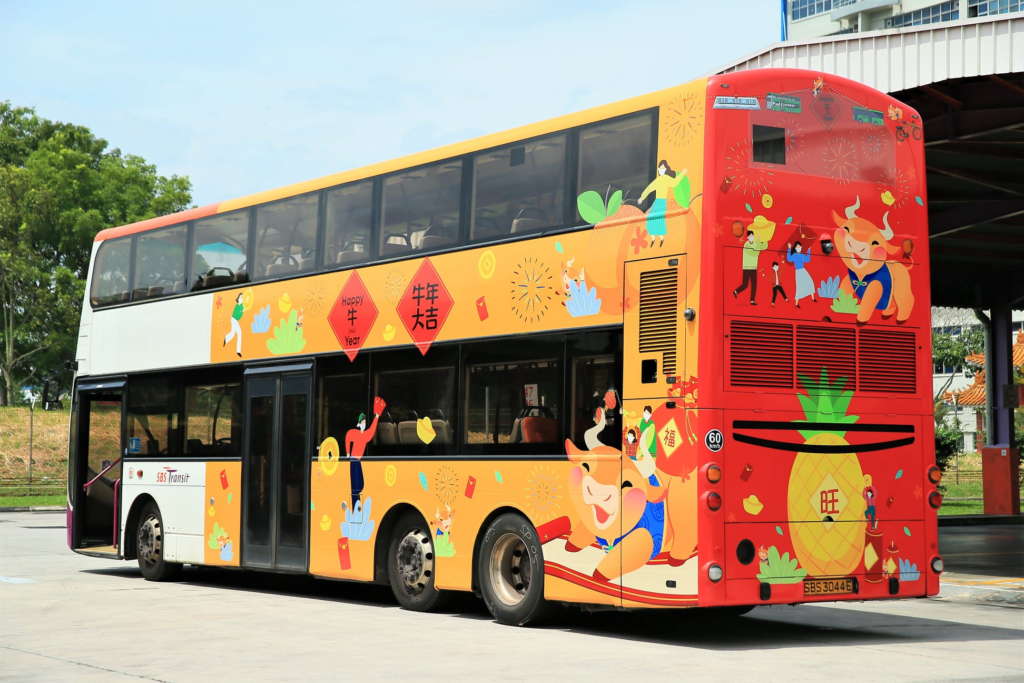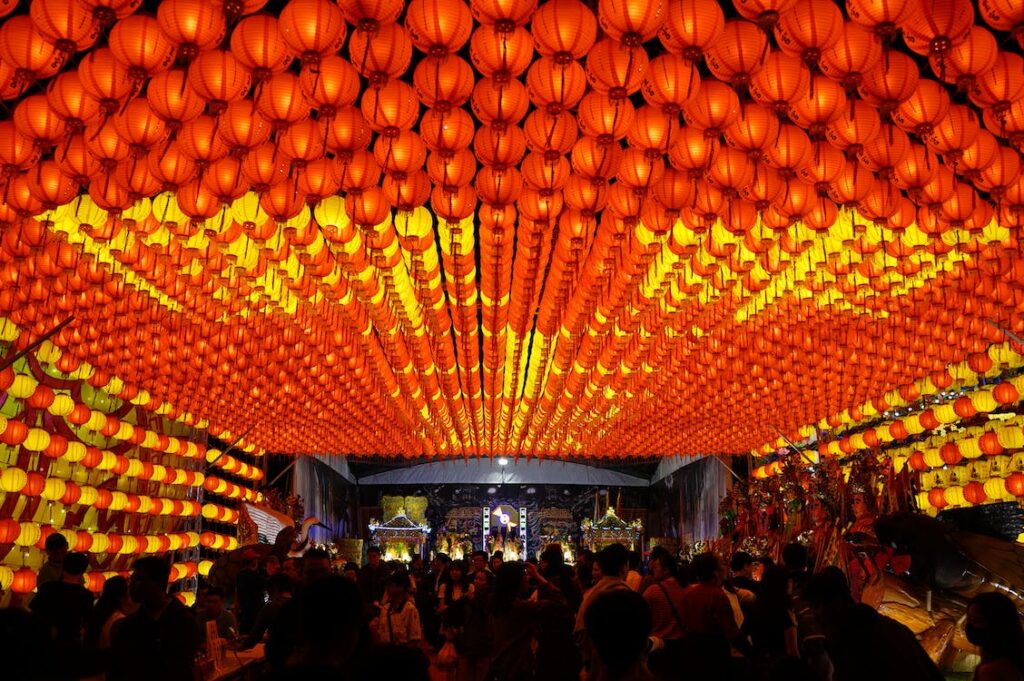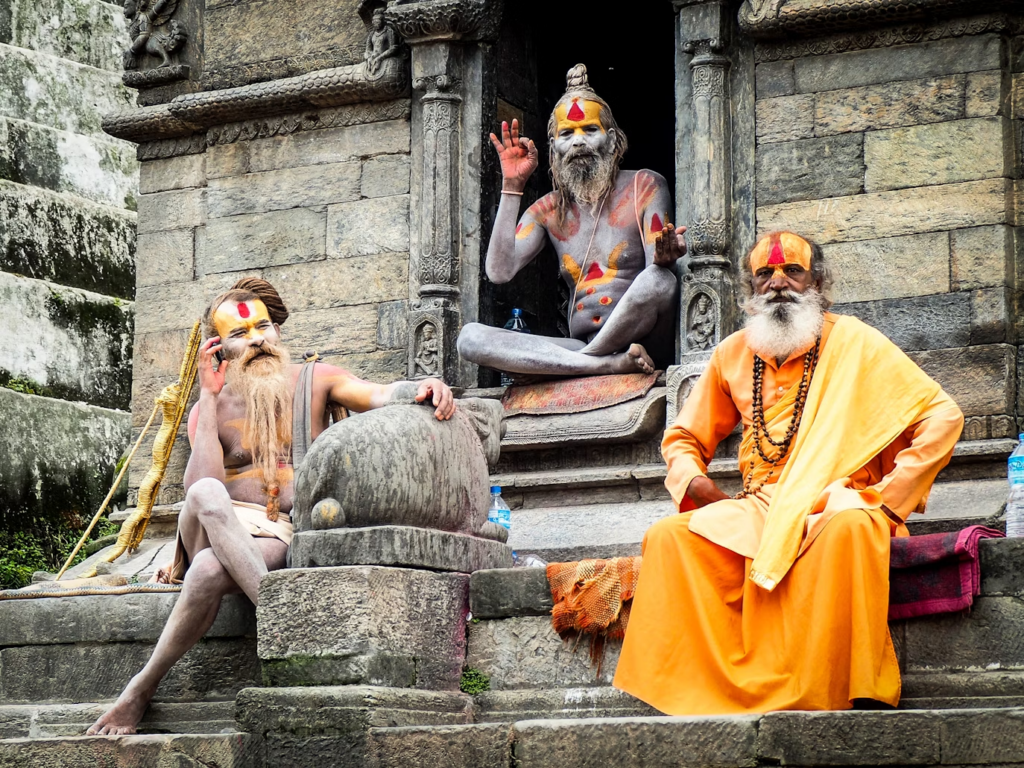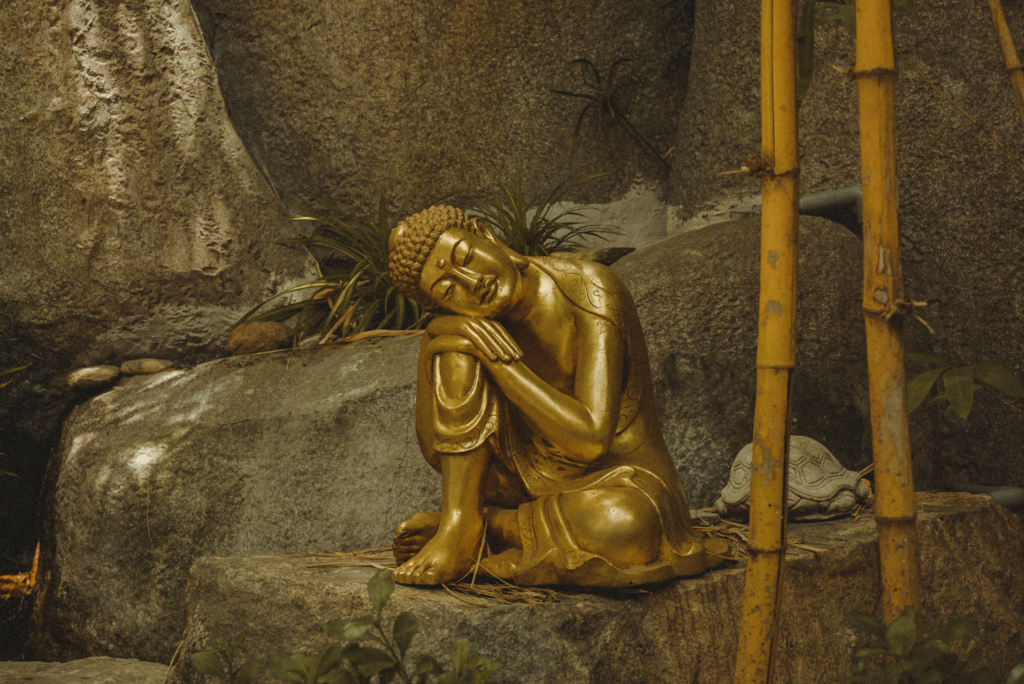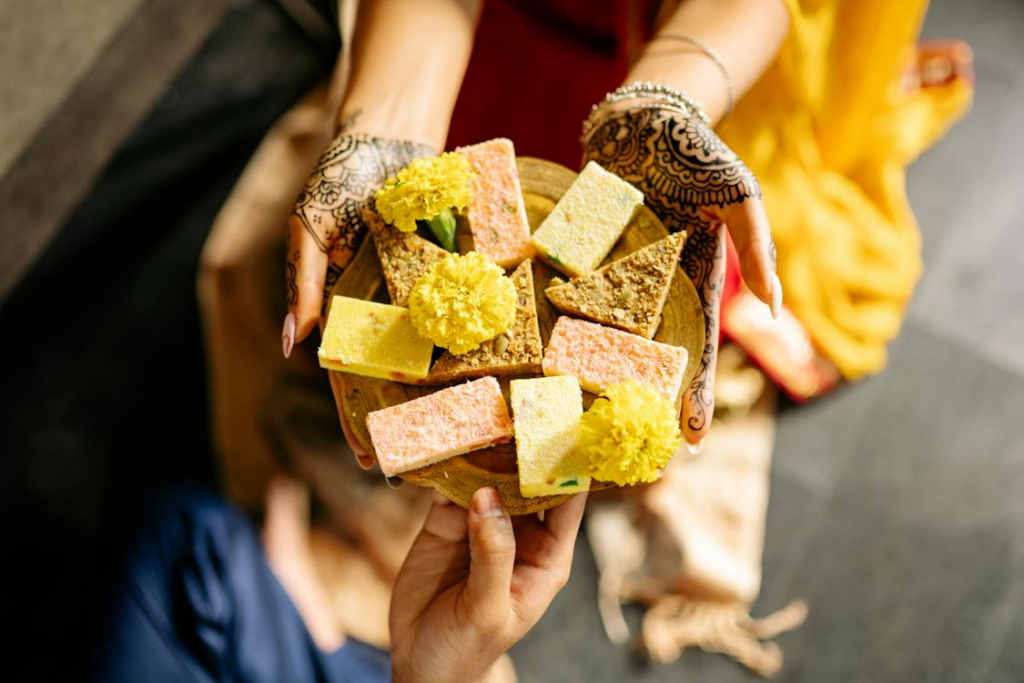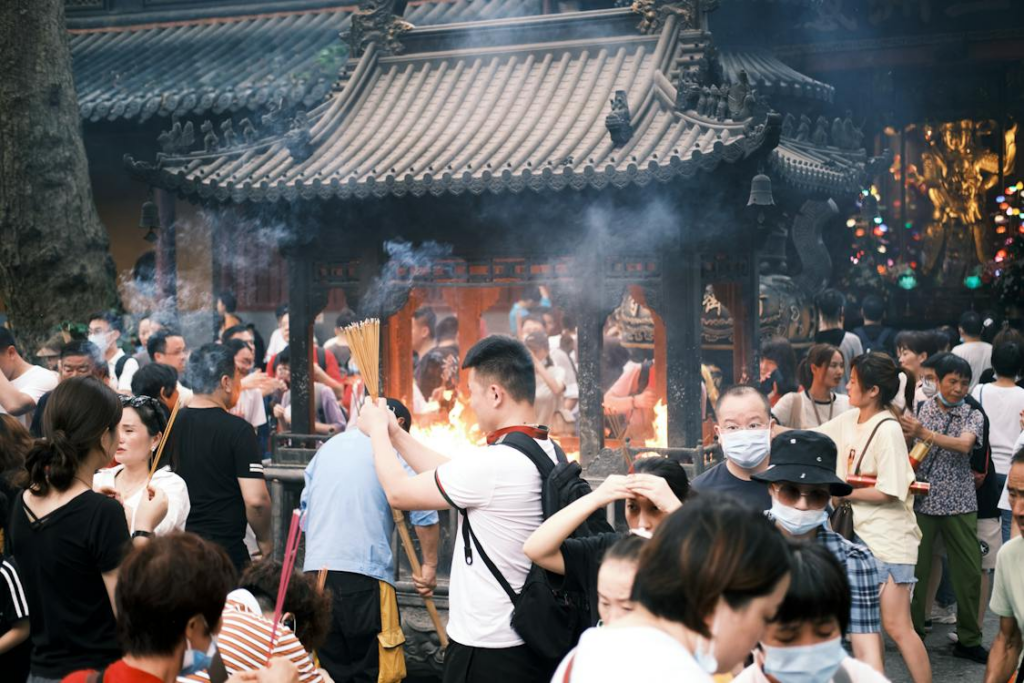"Embrace the spirit of Chinese New Year with rich traditions, family gatherings, and festive shopping delights across Singapore."
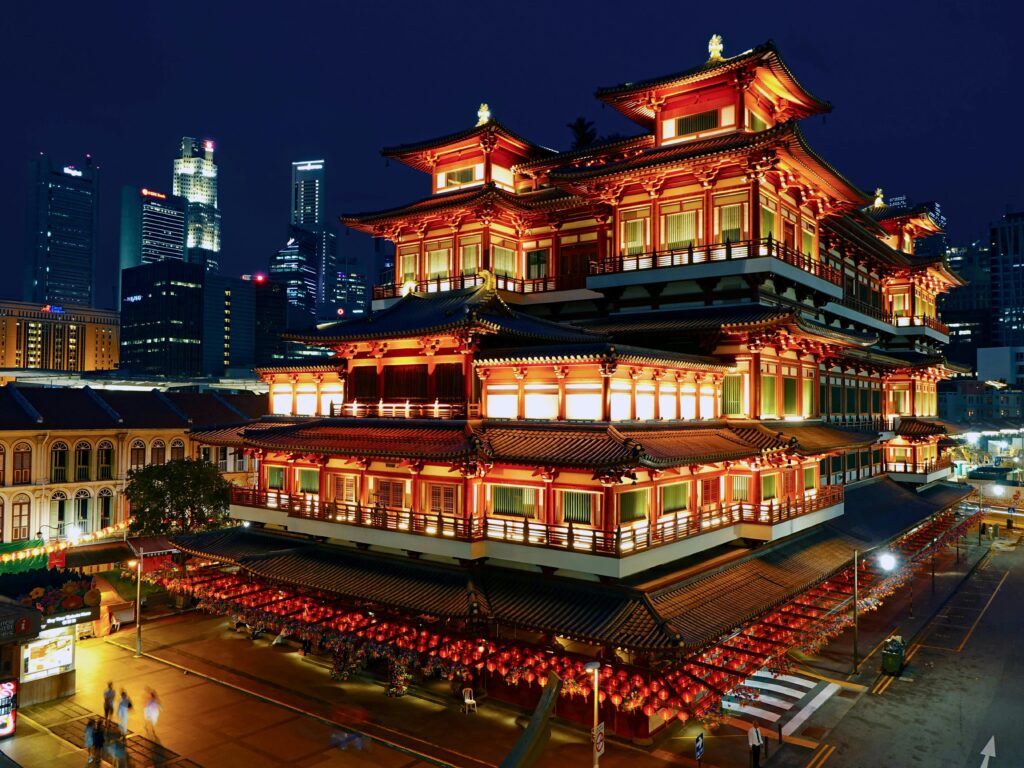
It’s time to gear up for one of the most exciting festivals—Chinese New Year. This joyous occasion, filled with family reunions, delicious feasts, and rich traditions, is a major highlight of the year for many families across the island.
During this festive season, Singapore comes alive with vibrant colours, beautiful decorations, and a buzz of activity. Shopping plays a big part in the preparations—finding the perfect new outfit, picking up gifts for loved ones, or stocking up on festive goodies to welcome the Year of the Dragon.
If you’re wondering where to start, don’t worry! We’ve rounded up some of the best spots in Singapore for all your Chinese New Year shopping needs.
Yue Hwa Chinese Products
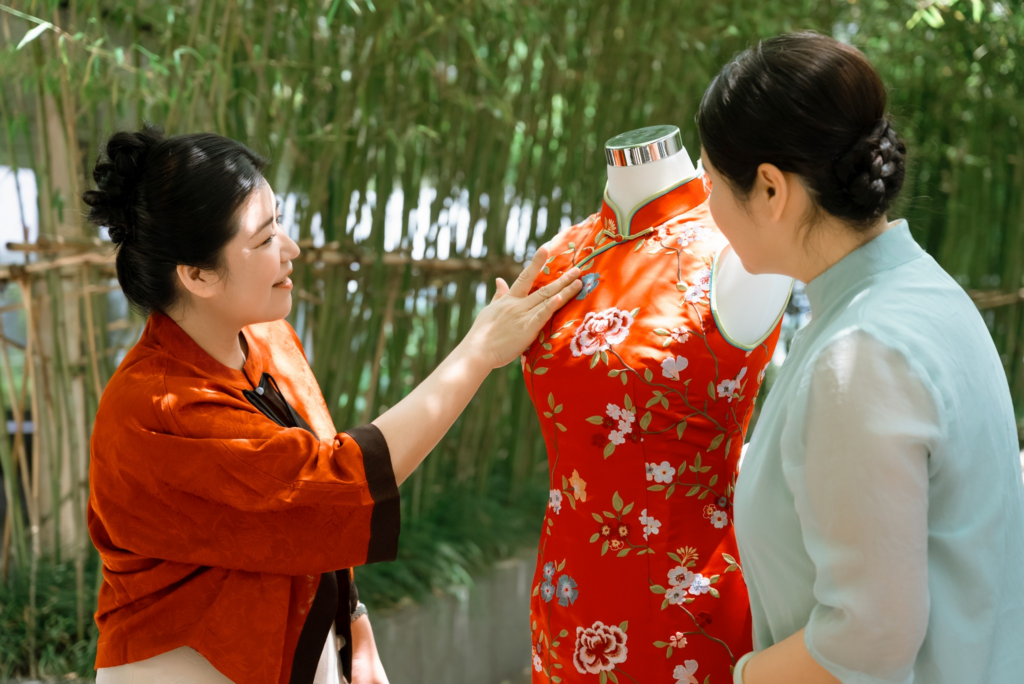
Located at 70 Eu Tong Sen Street, Singapore 059805, Yue Hwa Chinese Products is a must-visit destination for anyone gearing up for Chinese New Year in Chinatown. Open every day from 11 AM to 9 PM, this iconic store is a treasure trove of traditional and modern Chinese goods, offering a seamless blend of culture and convenience.
Step inside, and you’ll find a variety of items to cater to every need. Yue Hwa offers a comprehensive range of traditional Chinese health and wellness products, including herbs for skin and hair care, as well as remedies for muscles, the heart, metabolism, liver, and kidneys.
Whether you’re after beauty essentials or natural health solutions, there’s plenty to choose from.
Yue Hwa offers a great selection of household goods and digital accessories for those looking to enhance their home and lifestyle. You’ll find everything from home essentials to the latest tech, making it the perfect place to discover items that bring both function and style to your space.
Art lovers and culture enthusiasts will appreciate the selection of calligraphy tools, paintings, and other traditional Chinese artworks. These items make for distinctive decorative pieces or meaningful gifts during the festive season. The store truly brings the richness of Chinese culture into your shopping experience.
If visiting the Chinatown location isn’t convenient, Yue Hwa also has outlets at Serangoon Nex and Jurong Point.
Chinatown Complex

Chinatown Complex is one of the largest and most modern shopping spots in Singapore’s Chinatown. This straightforward marketplace offers a wide variety of retailers, making it a great place to find everything from everyday essentials to special items for your Chinese New Year celebrations.
The complex features a popular wet market, known for its fresh food products. You can find vegetables, seafood, meats and herbs. The food court also offers an impressive selection of street food from various vendors.
What makes Chinatown Complex especially appealing is its affordable prices, making it a popular choice for both locals and tourists. You’ll find plenty to suit your needs without exceeding your budget.
The complex is located at 335 Smith St, Singapore 050335, and is open daily from 7 AM to 10 PM.
The Jomu Co
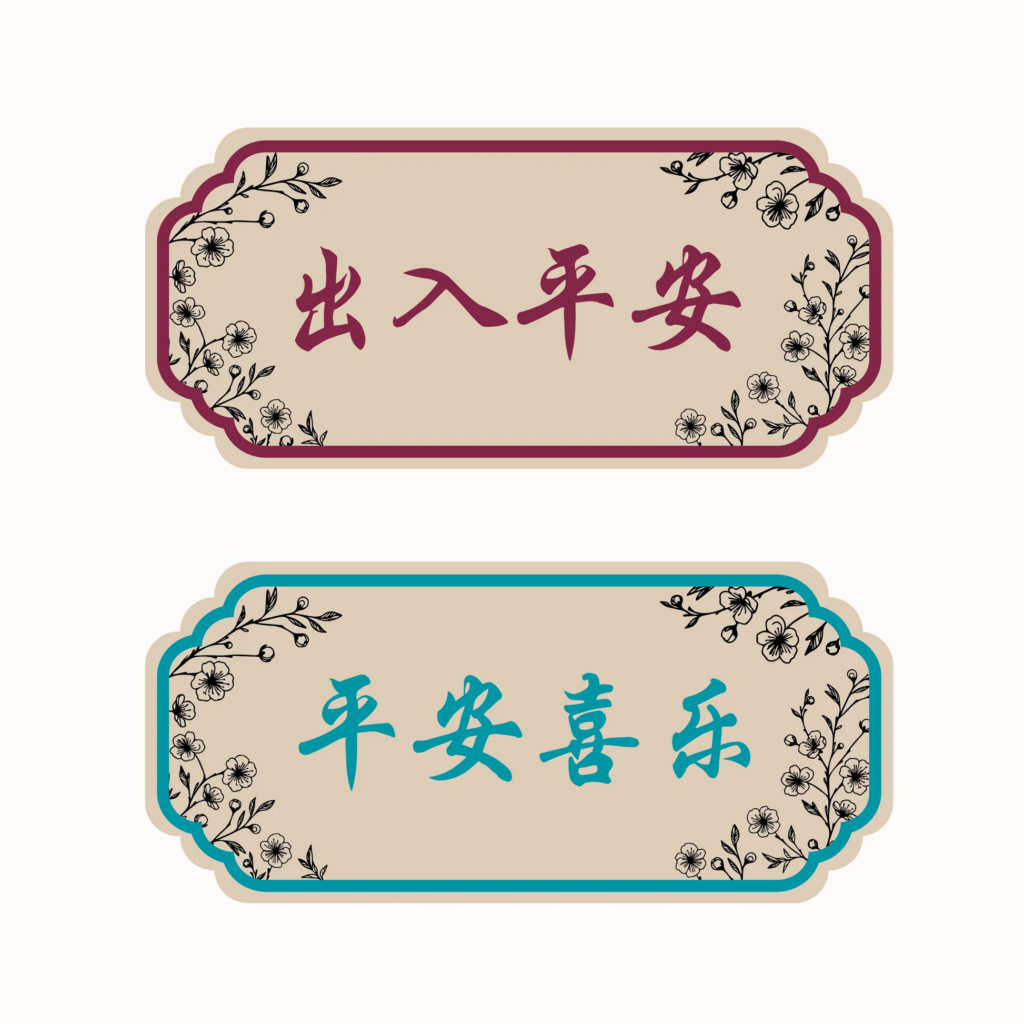
If you’re looking for something unique to gift this Chinese New Year, The Jomu Co is a fantastic choice. This self-taught calligrapher offers beautifully crafted products that make for meaningful presents or stunning home decorations.
Their standout offering, Abundance: Chinese New Year Collection, is designed to fill your home with warmth, grace, and blessings as you step into the new year. The collection is ideal for adding a touch of elegance to your space or sharing thoughtful gifts with loved ones.
Located in the Hudson Industrial Building, The Jomu Co is open daily from 12 PM to 9 PM, except on Sundays. If you can’t make it to their store, you can conveniently browse and shop their collection online.
OG People’s Park
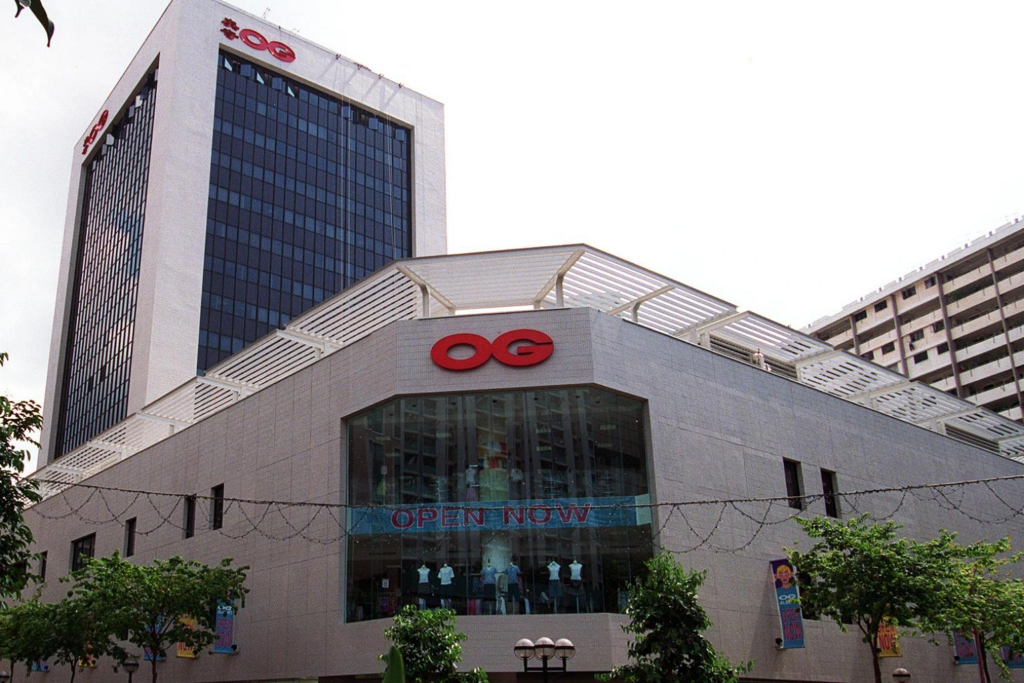
OG People’s Park is a well-known department store in the heart of Chinatown. Each floor of the store caters to different shopping preferences.
Basement 1 is dedicated to men’s clothing, offering everything from casual wear to formal attire. Level 1 features a selection of cosmetics and watches, perfect for those looking to refresh their beauty routine or add a new accessory to their collection.
On Level 2, you’ll find a variety of women’s clothing and fashion jewellery, offering trendy options for the festive season. Level 3 focuses on beauty and toiletries, providing a wide range of products to help you look your best for the new year.
For families, Level 4 offers a selection of items for babies and kids, along with stationery and toys. Level 5 is dedicated to travel goods, ideal for anyone planning trips in the year ahead.
Located at 100 Upper Cross Street, Singapore 058360, OG People’s Park is easily accessible via Chinatown MRT Station (NE4 & DT19), just a minute’s walk from Exit C. The store is open daily from 11:00 AM to 8:30 PM.
Shevron
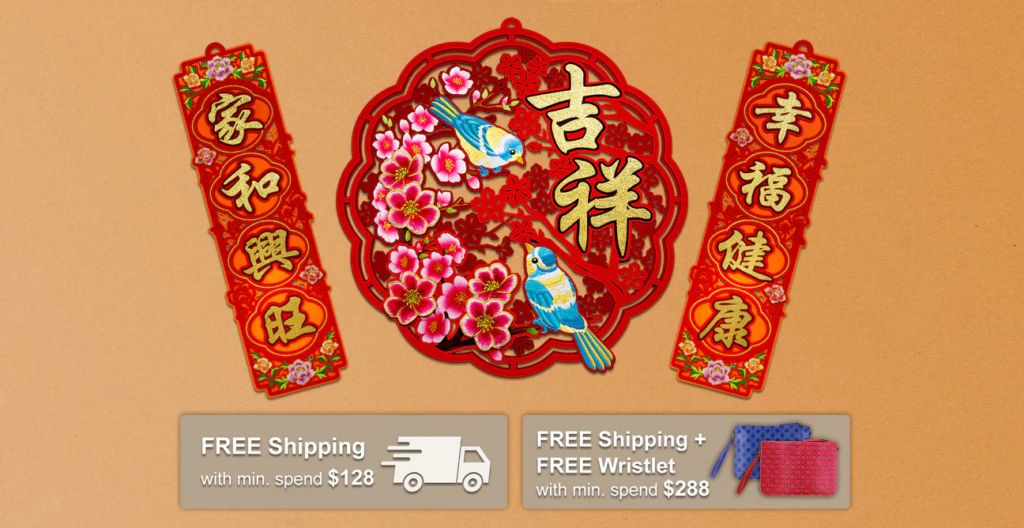
If you’re looking to elevate your Chinese New Year celebrations with luxurious decorations, Shevron is a fantastic option. Known for its exquisite craftsmanship, Shevron offers a range of Luxury Lunar New Year Decorations that bring a touch of sophistication to your home or gifts.
Their collection includes stunning Pure Gold Thread Embroidered Framed Art and Embroidery Framed Art, showcasing intricate designs crafted by talented Singaporean artists and Chinese calligraphers. These unique pieces add elegance and cultural charm to any setting, making them perfect for the festive season.
For added convenience, you can shop their collection online. Visit their website for more details, and you might even enjoy free shipping on your order.
Tanjong Pagar Plaza
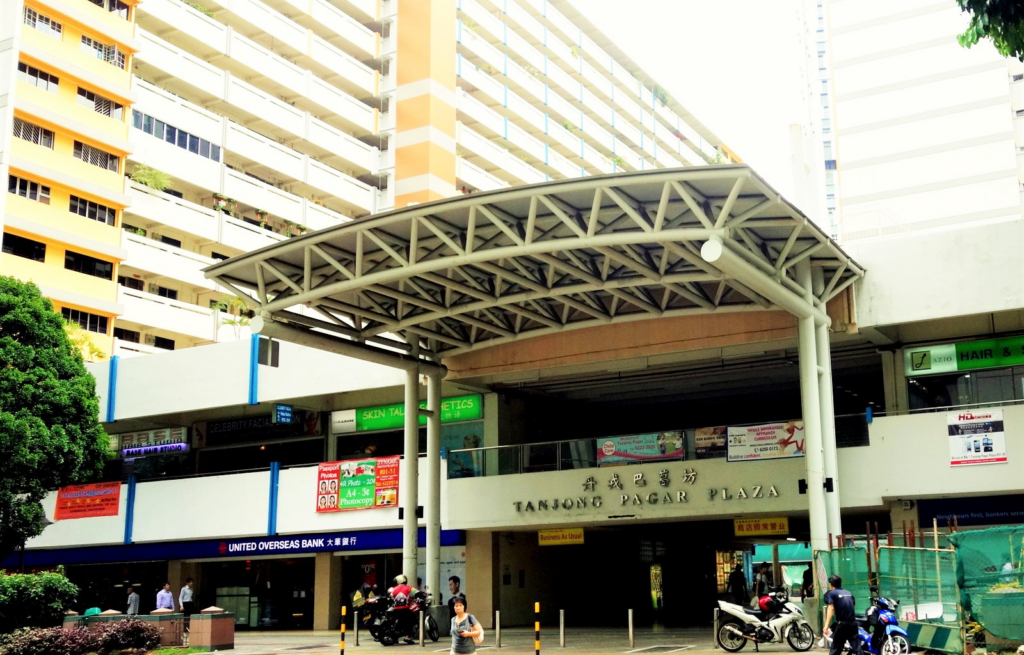
Pressed for time with last-minute shopping for Chinese New Year? Don’t worry—Tanjong Pagar Plaza Shopping Mall has you covered, as it’s open 24 hours a day, making it the perfect spot for late-night or early-morning shopping.
Located at #1 Tanjong Pagar Plaza, Singapore 082001, this mall has been a beloved destination for traditional retail shopping for many years. With around 130 shops, it’s home to a variety of outlets offering unique handicrafts and artisan items, making it an excellent place to pick up traditional Chinese products and gifts.
In addition to shopping, Tanjong Pagar Plaza is a great spot to take a break and enjoy a meal. The mall is surrounded by numerous restaurants serving a variety of delicious dishes, including favourites like curry fish and Hainanese chicken rice.
Check out also: Explore the Significance of Chinese New Year Symbols.

